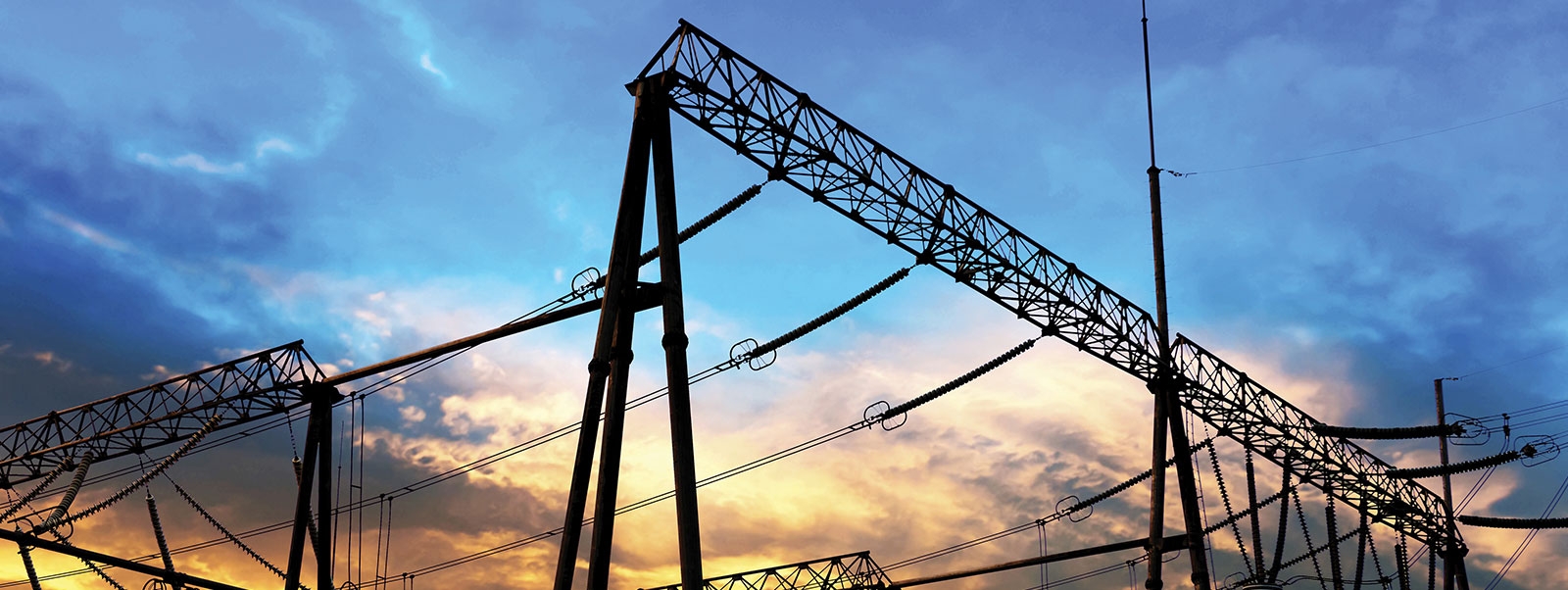At a time of unprecedented developments within energy, the energy industry, financial sector and policymakers must work together to attract the necessary capital for sustainable and resilient energy systems.
To help policymakers and the energy industry attract the necessary capital, the 2014 annual World Energy Trilemma report by Oliver Wyman and the World Energy Council focuses on the challenges and opportunities of scaling up investments in energy infrastructure.
Building on the findings of the 2012 and 2013 editions that captured the views of the global energy sector and policymakers respectively, the 2014 report captures the views of financial sector. Drawing on 50 interviews with executives from leading commercial banks, multilateral development banks, pension funds, and institutional investors covering all geographic regions, the report identifies measures that must be taken to ensure the necessary capital is attracted to build and expand secure, affordable and environmentally sustainable energy systems.
Financing the estimated USD$48 trillion necessary investment in the energy industry offers significant opportunities for the finance community over the coming decades. Meeting these needs will also bring tremendous gains for economic competiveness and economic and social development across the globe. Taking advantage of the opportunities to expand, transform and update the world’s energy infrastructure will require actions from policymakers and the financial and energy industries.
The urgency of the investment requirements are highlighted by the 2014 Energy Trilemma Index. The Index comparatively ranks 129 countries on their success in balancing the energy trilemma. The top ranking countries overall and by energy security, affordability and sustainability are shown below. To learn more and access regional and country profiles, click here for the in-depth Index report.








